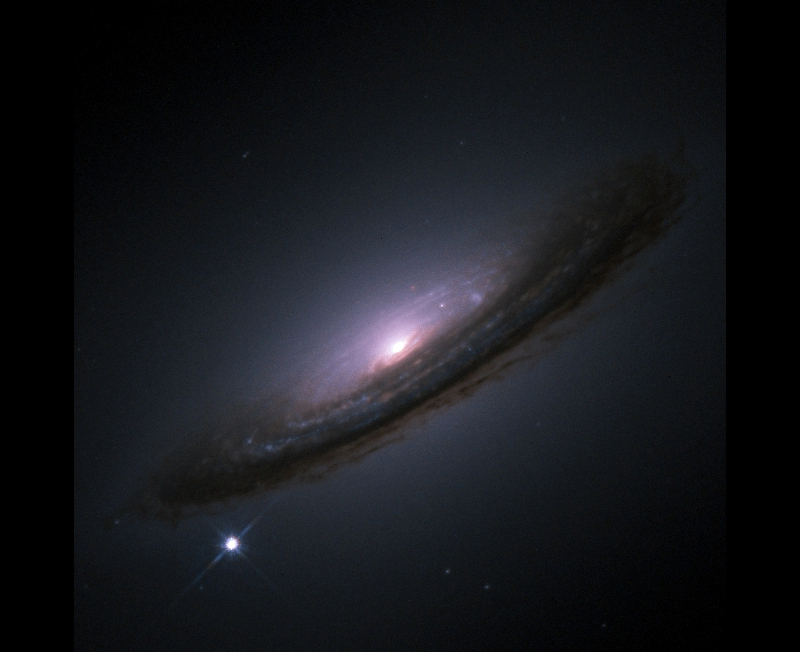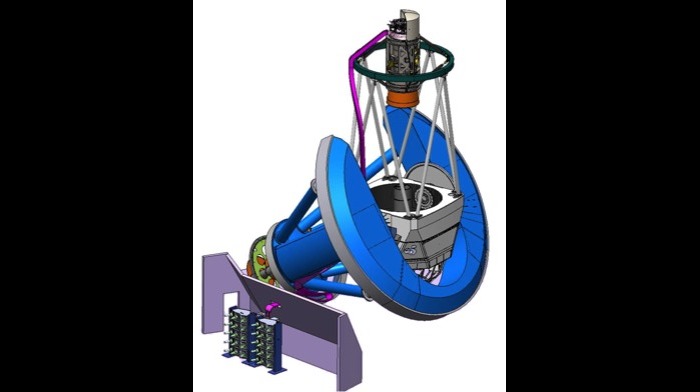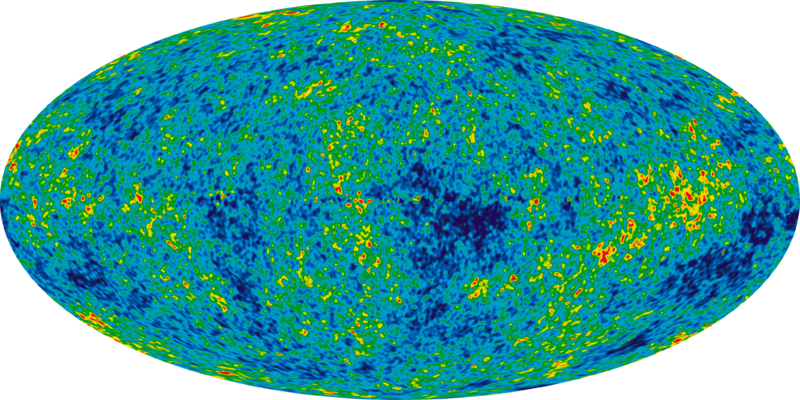Shedding Some Light on the Hunt for Dark Energy

The universe is made up of only 5% visible matter, 27% dark matter, and 68% dark energy. The extreme vastness everyone has come to know through scientific documentaries and science fiction movies represent a meager fraction of the actual universe. Scientists have not been able to make a significant dent in the attempt to explore the invisible parts.
This is changing, though, as scientists and engineers are inching towards establishing the science of dark energy, the force believed to be responsible for the acceleration of the expansion of the universe.
What Is Dark Energy?
Dark energy is a form of energy speculated to be present everywhere and, as mentioned, the force behind the sped up expansion of the universe. This hypothesized form of energy is perceived as the most acceptable explanation for the accelerated universal growth observed since the 1990s.
There are two proposed forms of dark energy: the cosmological constant and scalar fields. The former is a constant amount of energy filling all of space in a homogenous manner, while the latter entails dynamic quantities with varying energy densities. The cosmological constant can be thought of as something equivalent to zero-point energy or the underlying background energy throughout the entire universe. Scalar fields, however, are difficult to quantify and formulate as it is highly challenging to distinguish them from a cosmological constant.
Scientists call dark energy as such because they don’t know exactly what it is. They can measure it but not do direct observations. They are studying dark energy to better understand the universe. It only makes sense to attempt to understand it to better explain complexities in physics and, hopefully, to harness dark energy for the benefit of mankind. It could become an unlikely source for renewable energy.
Pursuing Dark Energy with DESI
One of the important technologies employed in exploring dark energy is the DESI (Dark Energy Spectroscopic Instrument). It is a fiber optic spectrograph capable of constructing a 3D map of the universe, which can facilitate the tracing of approximately 12 billion years of cosmic history.

Mounted on the Mayall Telescope at Kitt Peak, Arizona, DESI is designed to measure the spectra of over 35 million galaxies to observe the effects or manifestations of dark energy on an unprecedentedly vast scale. It has a wavelength range of 360 nm to 980 nm.
DESI utilizes a highly multiplexed optical spectrograph with a novel corrector design that results in an extremely large field of view. It has a focal plane that contains 5,000 minute fiber positioners, which make it possible to reconfigure the whole focal plane in less than a couple of minutes.
So how will DESI measure the history of the expansion of the universe? This is done by measuring baryon acoustic oscillations (BAO), which means the fluctuations in the density of the visible baryonic matter brought about by the acoustic density waves in the primeval plasma that existed at the early stages of the universe. BAO is imprinted in the clustering of quasars, groups of stars, and the intergalactic medium.
DESI is expected to produce a three-dimensional map of the universe based on the angular and redshift information derived from a massive statistical sample of distant cosmological objects. The objects sampled are classified into four primary classes, namely bright galaxies, luminous red galaxies, emission line galaxies, and quasars.
An International Endeavor
The hunt for dark energy is not just NASA’s initiative. Scientists worldwide are seeking to know more about it to understand the universe better. In fact, the DESI instrument is not just an American accomplishment. It receives funding from the US Department of Energy Office of Science, the National Science Foundation, and the Science and Technology Facilities Council of the UK. A number of other institutions in different parts of the world also contribute to the DESI’s development. The construction of the instrument commenced in 2015 with the fabrication managed by the Lawrence Berkeley National Laboratory.

DESI is not the only instrument created to study dark energy. In June this year, the Spektrum-Röntgen-Gamma was launched from Kazakhstan, bearing the Extended ROentgen Survey with an Imaging Telescope Array (eROSITA) telescope (a German device) along with its partner instrument, the ART-XC from Russia. eROSITA is aimed at conducting an extensive survey of the hot universe through its x-ray detectors to map hot sources such as the remains of supernovas, black holes, and galaxy clusters. Its goals are similar to that of DESI’s, particularly in gaining a better understanding of the structure and development of the universe and in exploring the enigma of dark energy.
In Summary
The study of dark matter and dark energy is one of the biggest challenges for scientists. Until now, nobody has been able to come up with something concrete or conclusive. A breakthrough in the quest for dark energy can easily become one of the biggest scientific achievements in the 21st century.